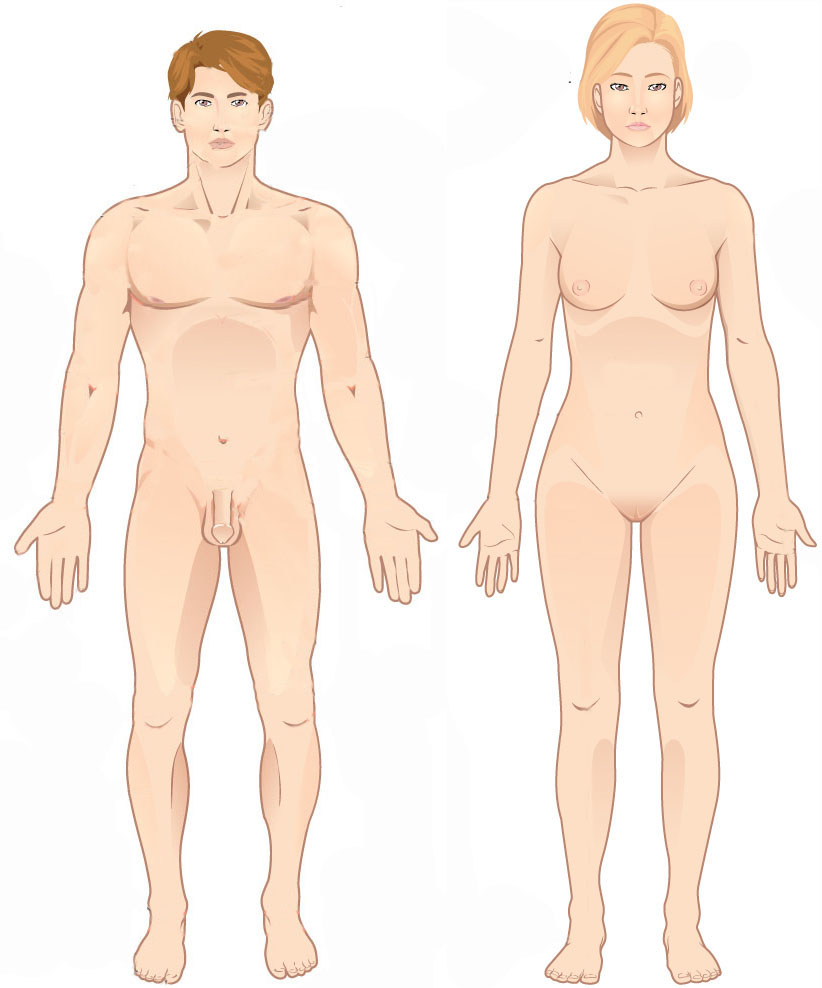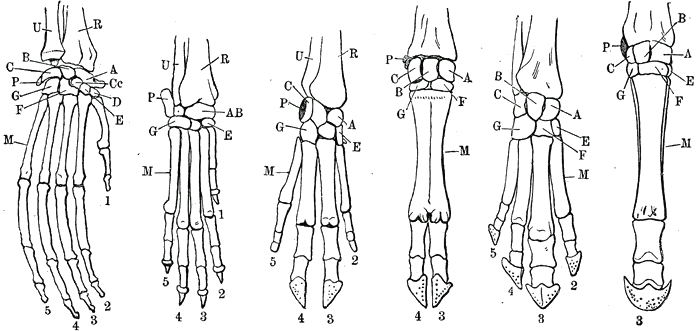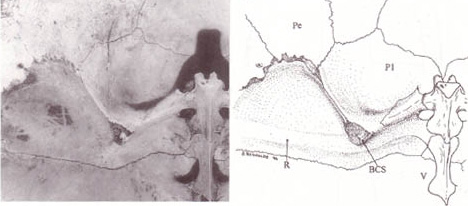|
Chinese Softshell Turtle
The Chinese softshell turtle (''Pelodiscus sinensis'') is a species of softshell turtle that is native to mainland China (Inner Mongolia to Guangxi, including Hong Kong) and Taiwan, with records of escapees—some of which have established introduced populations—in a wide range of other Asian countries, as well as Spain, Brazil and Hawaii. Populations native to Northeast China, Russia, Korea and Japan were formerly included in this species, but are now regarded as separate as the northern Chinese softshell turtle (''P. maackii''). Furthermore, localized populations in Guangxi and Hunan (where the Chinese softshell turtle also is present), as well as Vietnam, are recognized as the lesser Chinese softshell turtle (''P. parviformis'') and Hunan softshell turtle (''P. axenaria''). The Chinese softshell turtle is a vulnerable species, threatened by disease, habitat loss, and collection for food such as turtle soup. Additionally, millions are now farmed, especially in China, t ... [...More Info...] [...Related Items...] OR: [Wikipedia] [Google] [Baidu] |
Arend Friedrich August Wiegmann
Arend Friedrich August Wiegmann (2 June 1802 – 15 January 1841) was a German zoologist and herpetologist born in Braunschweig. He studied medicine and philology at the University of Leipzig, and afterwards was an assistant to Martin Lichtenstein (1780–1857) in Berlin. In 1828 he became a professor at University of Cologne, and two years later was an extraordinary professor at the Friedrich Wilhelm University in Berlin. Wiegmann specialized in the study of herpetology and mammalogy. In 1835, he founded, together with other scholars, the zoological periodical '' Archiv für Naturgeschichte'', also known as "Wiegmann's Archive". With Johann Friedrich Ruthe (1788–1859) he wrote an important textbook of zoology called ''Handbuch der Zoologie'', and in 1834 Wiegmann published ''Herpetologia Mexicana'', a monograph on the reptiles of Mexico. In 1841 he died of tuberculosis at the age of 38 in Berlin. His father Arend Friedrich Wiegmann (1771–1853) was a German research ... [...More Info...] [...Related Items...] OR: [Wikipedia] [Google] [Baidu] |
Turtle Soup
Turtle soup, also known as terrapin soup, is a soup or stew made from the meat of turtles. Several versions of the soup exist in different cultures, and it is often viewed as a delicacy. Culinary description The principal characteristic of turtle meat is that the broth it is cooked in becomes extremely gelatinous once cooled. Turtle meat has no characteristic taste on its own, so the flavor of turtle soup depends entirely on seasoning. Mock turtle soup is made from other gelatine-producing meat such as calf's head and calf's feet. Versions England Turtle soup gained popularity in England in the 1750s but declined rapidly about 150 years later from overfishing. According to food historian Janet Clarkson, the dish, which she describes as one of several "noteworthy soups", became a symbol for civic dinners and Green sea turtle first became popular in England as "sea-tortoise" circa 1728: "Its Flesh is between that of Veal, and that of a Lobster, and is extremely pleasant&n ... [...More Info...] [...Related Items...] OR: [Wikipedia] [Google] [Baidu] |
Fujian
Fujian is a provinces of China, province in East China, southeastern China. Fujian is bordered by Zhejiang to the north, Jiangxi to the west, Guangdong to the south, and the Taiwan Strait to the east. Its capital is Fuzhou and its largest prefecture city by population is Quanzhou, with other notable cities including the port city of Xiamen and Zhangzhou. Fujian is located on the west coast of the Taiwan Strait as the closest province geographically and culturally to Taiwan; as a result of the Chinese Civil War, a small portion of historical Fujian is administered by Taiwan, romanized as Fuchien Province, Republic of China, Fuchien. While the population predominantly identifies as Han Chinese, Han, it is one of China's most culturally and linguistically diverse provinces. The dialects of the language group Min Chinese are most commonly spoken within the province, including the Fuzhou dialect and Eastern Min of Northeastern Fujian province and various Southern Min and Hokkien dial ... [...More Info...] [...Related Items...] OR: [Wikipedia] [Google] [Baidu] |
Anhui
Anhui is an inland Provinces of China, province located in East China. Its provincial capital and largest city is Hefei. The province is located across the basins of the Yangtze and Huai rivers, bordering Jiangsu and Zhejiang to the east, Jiangxi to the south, Hubei and Henan to the west, and Shandong to the north. With a population of 61 million, Anhui is the 9th most populous province in China. It is the 22nd largest Chinese province based on area, and the 12th most densely populated region of all 34 Chinese provincial regions. Anhui's population is mostly composed of Han Chinese. Languages spoken within the province include Lower Yangtze Mandarin, Wu Chinese, Wu, Huizhou Chinese, Hui, Gan Chinese, Gan and small portion of Central Plains Mandarin. The name "Anhui" derives from the names of two cities: Anqing and Huizhou, Anhui, Huizhou (now Huangshan City). The abbreviation for Anhui is , corresponding to the historical , and is also used to refer to the Wan River and Mount Ti ... [...More Info...] [...Related Items...] OR: [Wikipedia] [Google] [Baidu] |
8 Pazdziernika 2005 Gliwice 062
8 (eight) is the natural number following 7 and preceding 9. Etymology English ''eight'', from Old English '', æhta'', Proto-Germanic ''*ahto'' is a direct continuation of Proto-Indo-European '' *oḱtṓ(w)-'', and as such cognate with Greek and Latin , both of which stems are reflected by the English prefix oct(o)-, as in the ordinal adjective ''octaval'' or ''octavary'', the distributive adjective is ''octonary''. The adjective ''octuple'' (Latin ) may also be used as a noun, meaning "a set of eight items"; the diminutive '' octuplet'' is mostly used to refer to eight siblings delivered in one birth. The Semitic numeral is based on a root ''*θmn-'', whence Akkadian ''smn-'', Arabic ''ṯmn-'', Hebrew ''šmn-'' etc. The Chinese numeral, written (Mandarin: ''bā''; Cantonese: ''baat''), is from Old Chinese ''*priāt-'', ultimately from Sino-Tibetan ''b-r-gyat'' or ''b-g-ryat'' which also yielded Tibetan '' brgyat''. It has been argued that, as the cardinal nu ... [...More Info...] [...Related Items...] OR: [Wikipedia] [Google] [Baidu] |
Posterior (anatomy)
Standard anatomical terms of location are used to describe unambiguously the anatomy of humans and other animals. The terms, typically derived from Latin or Greek language, Greek roots, describe something in its standard anatomical position. This position provides a definition of what is at the front ("anterior"), behind ("posterior") and so on. As part of defining and describing terms, the body is described through the use of anatomical planes and anatomical axes, axes. The meaning of terms that are used can change depending on whether a vertebrate is a biped or a quadruped, due to the difference in the neuraxis, or if an invertebrate is a non-bilaterian. A non-bilaterian has no anterior or posterior surface for example but can still have a descriptor used such as proximal or distal in relation to a body part that is nearest to, or furthest from its middle. International organisations have determined vocabularies that are often used as standards for subdisciplines of anatomy. ... [...More Info...] [...Related Items...] OR: [Wikipedia] [Google] [Baidu] |
Ventral
Standard anatomical terms of location are used to describe unambiguously the anatomy of humans and other animals. The terms, typically derived from Latin or Greek roots, describe something in its standard anatomical position. This position provides a definition of what is at the front ("anterior"), behind ("posterior") and so on. As part of defining and describing terms, the body is described through the use of anatomical planes and axes. The meaning of terms that are used can change depending on whether a vertebrate is a biped or a quadruped, due to the difference in the neuraxis, or if an invertebrate is a non-bilaterian. A non-bilaterian has no anterior or posterior surface for example but can still have a descriptor used such as proximal or distal in relation to a body part that is nearest to, or furthest from its middle. International organisations have determined vocabularies that are often used as standards for subdisciplines of anatomy. For example, '' Terminolog ... [...More Info...] [...Related Items...] OR: [Wikipedia] [Google] [Baidu] |
Hind Limb
A hindlimb or back limb is one of the paired articulated appendages (limbs) attached on the caudal ( posterior) end of a terrestrial tetrapod vertebrate's torso.http://www.merriam-webster.com/medical/hind%20limb, Merriam Webster Dictionary-Hindlimb With reference to quadrupeds, the term hindleg or back leg is often used instead. In bipedal animals with an upright posture (e.g. humans and some primates), the term lower limb is often used. Location It is located on the limb of an animal. Hindlimbs are present in a large number of quadrupeds. Though it is a posterior limb, it can cause lameness in some animals. The way of walking through hindlimbs are called bipedalism. Benefits of hindlimbs Hindlimbs are helpful in many ways, some examples are: Frogs Frogs can easily adapt at the surroundings using hindlimbs. The main reason is it can jump high to easily escape to its predator and also to catch prey. It can perform some tricks using the hindlimbs such as the somersault an ... [...More Info...] [...Related Items...] OR: [Wikipedia] [Google] [Baidu] |
Forelimb
A forelimb or front limb is one of the paired articulated appendages ( limbs) attached on the cranial (anterior) end of a terrestrial tetrapod vertebrate's torso. With reference to quadrupeds, the term foreleg or front leg is often used instead. In bipedal animals with an upright posture (e.g. humans and some other primates), the term ''upper limb'' is often used. A forelimb is not to be confused with a forearm, which is a distal portion of the human upper limb between the elbow and the wrist. All vertebrate forelimbs are homologous, meaning that they all evolved from the same structures. For example, the flipper of a turtle or of a dolphin, the arm of a human, the foreleg of a horse, and the wings of both bats and birds are ultimately homologous, despite the large differences between them. Specific uses of the forelimbs may be analogous if they evolved from different sub-structures of the forelimb, such as the flippers of turtles and dolphins, and the wings of bir ... [...More Info...] [...Related Items...] OR: [Wikipedia] [Google] [Baidu] |
Dorsum (anatomy)
Standard anatomical terms of location are used to describe unambiguously the anatomy of humans and other animals. The terms, typically derived from Latin or Greek roots, describe something in its standard anatomical position. This position provides a definition of what is at the front ("anterior"), behind ("posterior") and so on. As part of defining and describing terms, the body is described through the use of anatomical planes and axes. The meaning of terms that are used can change depending on whether a vertebrate is a biped or a quadruped, due to the difference in the neuraxis, or if an invertebrate is a non-bilaterian. A non-bilaterian has no anterior or posterior surface for example but can still have a descriptor used such as proximal or distal in relation to a body part that is nearest to, or furthest from its middle. International organisations have determined vocabularies that are often used as standards for subdisciplines of anatomy. For example, '' Termi ... [...More Info...] [...Related Items...] OR: [Wikipedia] [Google] [Baidu] |
Plastron
The turtle shell is a shield for the ventral and dorsal parts of turtles (the Order (biology), order Testudines), completely enclosing all the turtle's vital organs and in some cases even the head. It is constructed of modified bony elements such as the ribs, parts of the pelvis and other bones found in most reptiles. The bone of the shell consists of both skeletal and dermal bone, showing that the complete enclosure of the shell likely evolved by including dermal armor into the rib cage. The turtle's shell is an important study, not just because of the apparent protection it provides for the animal but also as an identification tool, in particular with fossils, as the shell is one of the likely parts of a turtle to survive fossilization. Hence understanding the shell structure in living species provides comparable material with fossils. The shell of the hawksbill turtle, among other species, has been used as a material for a wide range of small decorative and practical items sin ... [...More Info...] [...Related Items...] OR: [Wikipedia] [Google] [Baidu] |
Scute
A scute () or scutum (Latin: ''scutum''; plural: ''scuta'' "Scutum (shield), shield") is a bony external plate or scale overlaid with horn, as on the shell of a turtle, the skin of crocodilians, and the feet of Bird anatomy#Scales, birds. The term is also used to describe the anterior portion of the mesothorax in insects as well as some arachnids (e.g., the family Ixodidae, the scale ticks). Properties Scutes are similar to scale (zoology), scales and serve the same function. Unlike the scales of lizards and snakes, which are formed from the Epidermis (skin), epidermis, scutes are formed in the lower vascular layer of the skin and the epidermal element is only the top surface . Forming in the living dermis, the scutes produce a Horn (anatomy), horny outer layer that is superficially similar to that of scales. Scutes will usually not overlap as snake scales (but see the pangolin). The outer keratin layer is shed piecemeal, and not in one continuous layer of skin as seen in snakes ... [...More Info...] [...Related Items...] OR: [Wikipedia] [Google] [Baidu] |








